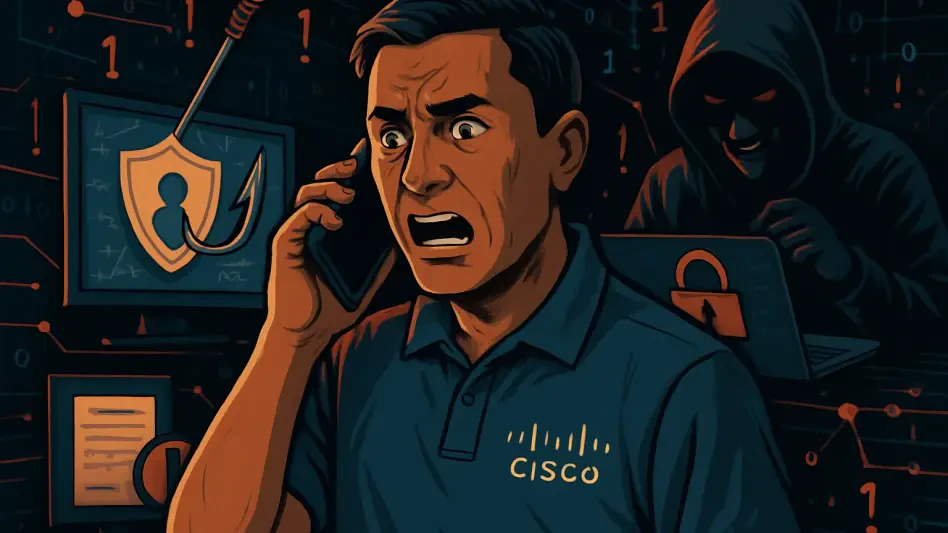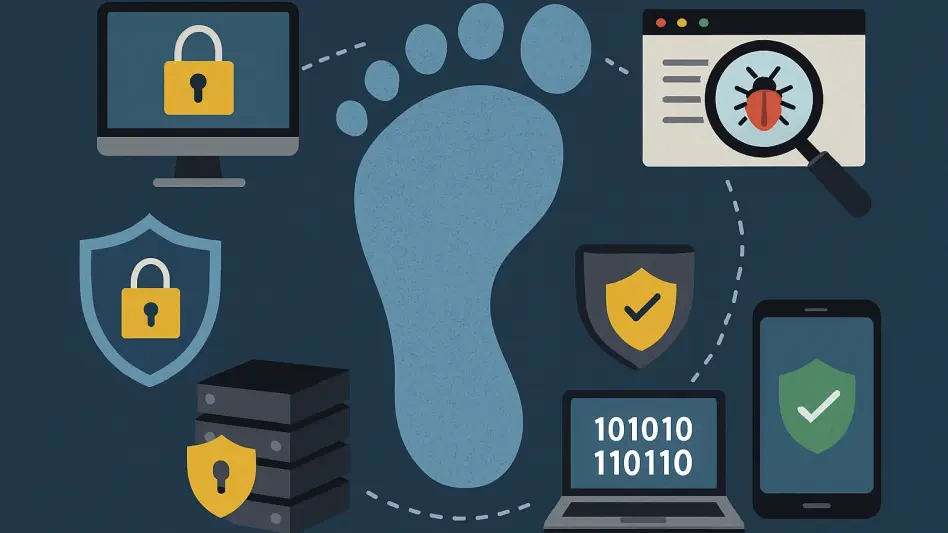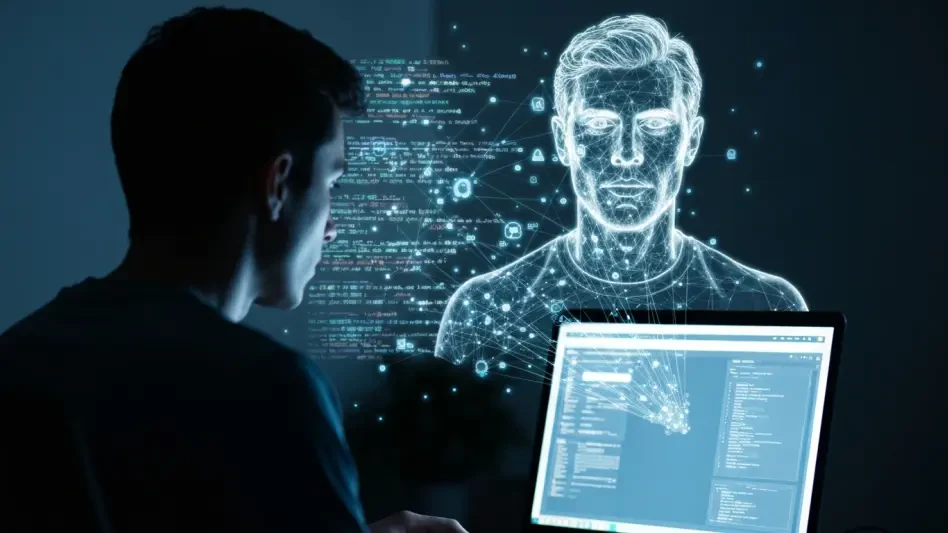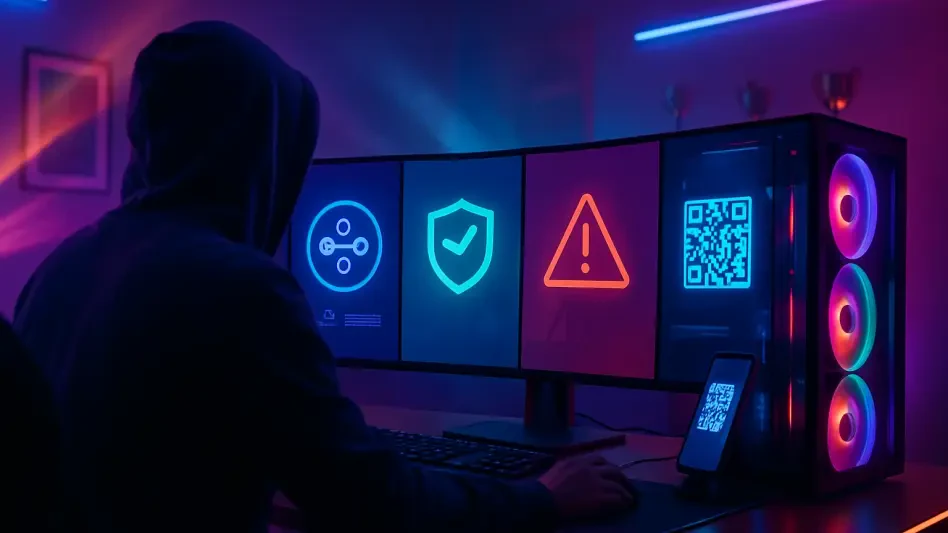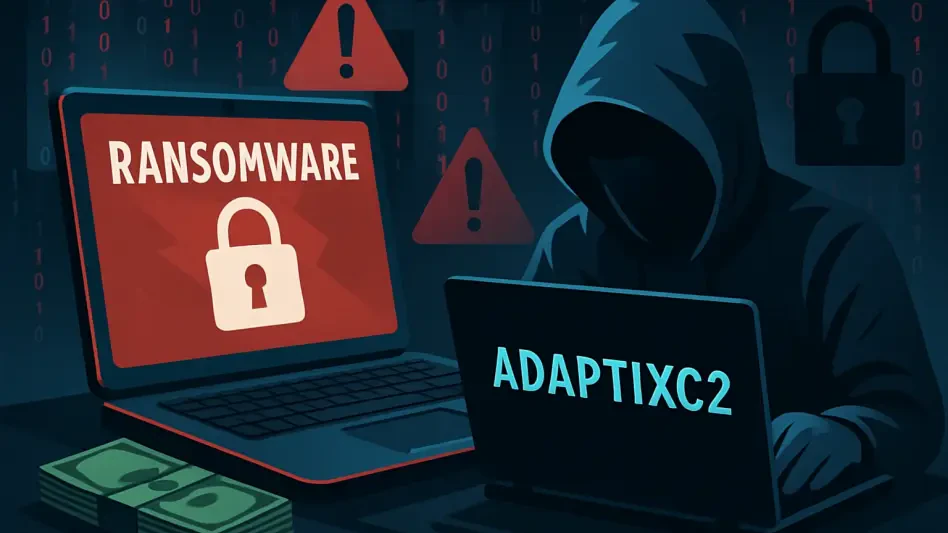In a startling revelation that has sent ripples through the tech industry, a prominent technology giant has fallen victim to a sophisticated cyberattack, resulting in the unauthorized access of user data, raising serious concerns about digital security. This incident, uncovered recently, involved a cunning voice phishing, or vishing, scheme that tricked an employee into providing access to a sensitive system. The breach exposed basic profile information of numerous users, raising alarms about the persistent and evolving nature of cyber threats. As social engineering tactics become increasingly deceptive, this event serves as a wake-up call for organizations to reevaluate their security protocols and prioritize employee awareness. The implications of such attacks extend beyond immediate data loss, highlighting a critical need for robust defenses against human-targeted exploits in an era where digital trust is paramount.
Understanding the Breach and Its Scope
How the Attack Unfolded
The cyberattack on this leading tech company was executed through a meticulously planned vishing operation, where the attacker impersonated a trusted entity over the phone to manipulate an employee. This social engineering tactic bypassed traditional security measures by exploiting human trust rather than technical vulnerabilities, allowing unauthorized access to a third-party, cloud-based Customer Relationship Management (CRM) system. The breach, detected on July 24 of this year, underscores how attackers are shifting focus from purely technical hacks to psychological manipulation. Such methods prey on the inherent willingness of individuals to assist or comply, especially under perceived urgency. This incident reveals the alarming ease with which a single point of human error can compromise an otherwise secure environment, prompting a broader discussion on the need for comprehensive training to counter these deceptive strategies.
Scope of the Compromised Data
Delving into the specifics of the breach, the stolen data included non-sensitive user information such as names, email addresses, phone numbers, physical addresses, organization names, and account metadata like creation dates. Fortunately, critical elements like passwords, financial details, or proprietary corporate information remained untouched, and no other internal systems, products, or services were affected. This limited scope offers some relief, yet the exposed data still poses risks, including potential phishing attempts or identity theft for affected users. The containment of the breach to an isolated CRM system demonstrates the effectiveness of segmented security architecture in limiting damage. Nevertheless, the incident emphasizes that even non-critical data breaches can erode user trust and necessitate significant resources for mitigation and communication with those impacted.
Response and Future Safeguards
Immediate Actions Taken Post-Breach
Upon discovering the unauthorized access, the company’s security team acted swiftly to terminate the attacker’s foothold in the system and launched a detailed investigation to assess the extent of the compromise. Collaboration with data protection authorities ensured compliance with legal obligations, while affected users were notified promptly to maintain transparency. A public apology was issued to acknowledge the inconvenience caused, and support channels were opened for customers to address concerns through their account teams. This rapid response helped to mitigate further risks and demonstrated a commitment to accountability. By isolating the breach and preventing broader system infiltration, the company showcased the importance of quick detection and containment strategies in modern cybersecurity frameworks, setting an example for how to manage such incidents with clarity and responsibility.
Strengthening Defenses Against Social Engineering
Looking ahead, the focus has shifted to fortifying security measures with an emphasis on both technological enhancements and human-centric solutions. Enhanced protocols are being implemented to secure third-party systems, while employee training programs are being prioritized to equip staff with the skills to identify and resist vishing and other social engineering tactics. This dual approach reflects a growing recognition in the industry that technology alone cannot safeguard against threats that exploit human behavior. Investment in ongoing education aims to create a culture of vigilance, ensuring that employees serve as the first line of defense rather than a point of entry for attackers. The company’s stance that every incident is a learning opportunity highlights a proactive mindset, encouraging not just internal improvements but also contributions to the wider security community through shared insights and best practices.
Long-Term Implications for Cybersecurity
Reflecting on the aftermath, this breach served as a critical reminder of the intersection between human error and digital vulnerabilities. It reinforced the notion that while advanced systems provide strong barriers, the human element often remains the weakest link exploited by cybercriminals. The incident prompted a renewed focus on comprehensive strategies that balance cutting-edge technology with robust training initiatives. By addressing the breach transparently, notifying affected parties, and implementing stronger safeguards, the response set a precedent for responsible crisis management. Looking back, the event underscored the persistent need for industries to evolve continuously, adapting to increasingly sophisticated threats. Moving forward, a commitment to vigilance and innovation will be essential to stay ahead of deceptive attacks, ensuring that trust in digital ecosystems is preserved through relentless improvement and collaboration.

